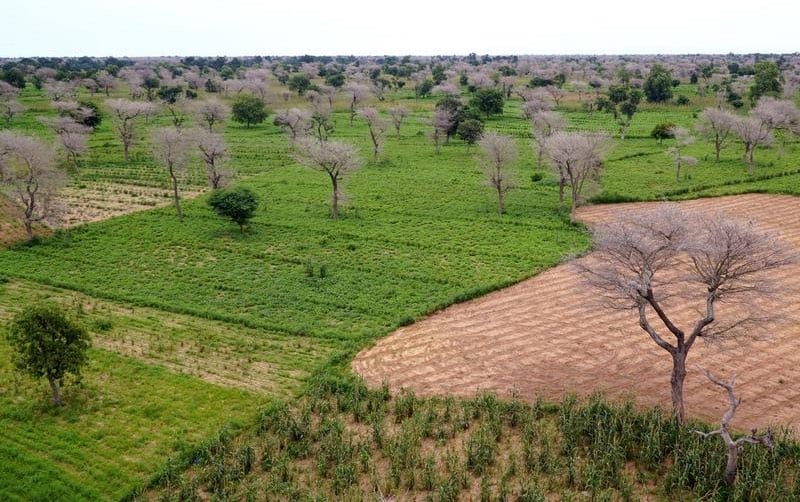Benefits of interconnectedness: How addressing climate change can foster sustainable land and food security
- From
-
Published on
17.09.19
- Impact Area

Third in a series of blog posts exploring IFPRI’s work on climate change and its implications for food systems, land use, gender, and other issues in the runup to the Sept. 23 UN Climate Action Summit 2019. Read the others here, here, and here.
“For all is like an ocean, all is flowing and blending; a touch in one place sets up movement at the other end of the earth” — Fyodor Dostoyevsky, The Brothers Karamazov
Atikah Nd’iaye inherited a 2-acre farm in Mopti, Mali, from her father 20 years ago. The farm was almost barren then, since it was on sloped land and all trees had been cleared over the previous 50 years. In addition to low soil fertility, the farm has experienced recurring droughts and strong winds, with the frequency and intensity of both increasing in the past few decades.
Photo Credit:Vincent Bonneaud/CIRAD
Related news
-

Bridging science, finance, and restoration: Insights from the sustainable beef investment roundtable
Multifunctional Landscapes Science Program17.11.25-
Climate adaptation & mitigation
Rome, 2–4 October 2025 — The Sustainable Beef Investment Roundtable brought together over 50 pa…
Read more -
-

COP30 Week 1: Negotiation Highlights and CGIAR Perspectives
Climate Action Science Program17.11.25-
Adaptation
-
Climate adaptation & mitigation
-
Mitigation
Week 1 of COP30 in Belém, Brazil – set against the backdrop of the Amazon…
Read more -
-

DTA at COP30: Why Digital Transformation Belongs at the Heart of Climate Action
Climate Action Science Program13.11.25-
Adaptation
-
Climate adaptation & mitigation
-
Mitigation
As the world gathers in Brazil for COP30, the conversations are once again focused on…
Read more -
